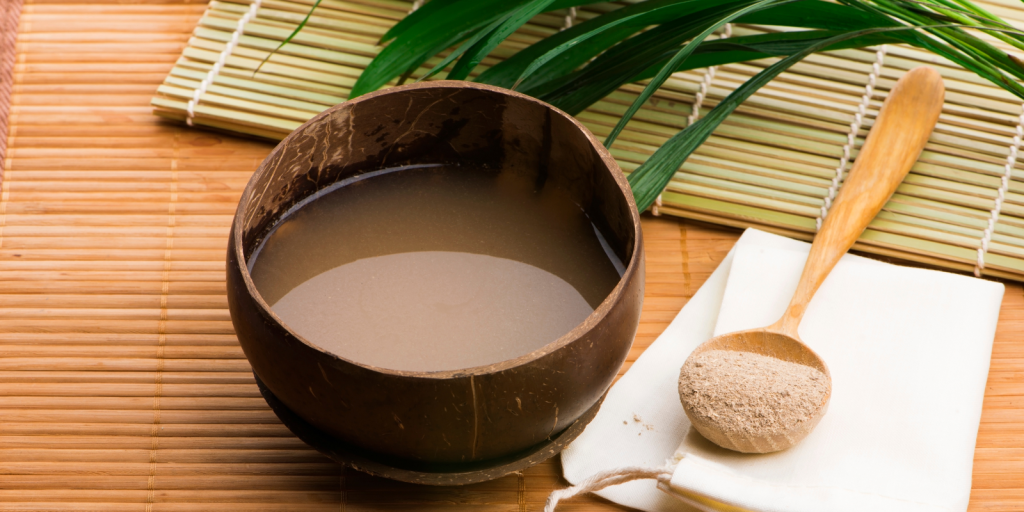Table of Contents
In the quest for health and wellness, many of us turn to herbal drinks for their potential benefits. From green teas to tisanes, the variety is vast. Among these, kava stands out as a unique option with a rich cultural heritage and an intriguing array of supposed health benefits. But what makes Australian kava and Fiji Kava different from other herbal drinks, and could it be a healthier choice for you?
Understanding Kava
Kava, also known as ‘kava kava’, is a herbal beverage made from the ground roots of the Piper methysticum plant, indigenous to the islands of the Pacific Ocean. The drink has been traditionally consumed for centuries in cultures of Polynesia, including Hawaii, Fiji, and Vanuatu, for its calming and sedative effects. The method of preparation can vary, but it typically involves extracting the active compounds known as kavalactones into water or coconut milk.
Benefits of Kava
When compared to other herbal drinks, kava stands out for its potential to reduce anxiety and promote relaxation without impacting mental clarity. Its use as an evening drink for social relaxation and as a traditional medicine in Pacific cultures speaks to its significant role in health and social well-being. Research suggests that kava may have therapeutic potentials, such as anxiolytic and mild sedative effects, which can contribute to its standing as a healthier alternative for stress relief compared to alcohol or other sedatives that have more adverse side effects.
Kava vs Other Herbal Drinks
Popular herbal teas like chamomile, valerian, or peppermint are often consumed for similar reasons to kava – primarily relaxation and medicinal benefits. While such herbal teas are widely accepted for their soothing properties and health benefits such as aiding digestion and improving sleep quality, kava’s unique properties could make it a superior alternative for individuals looking for more pronounced effects in managing stress and anxiety.
One distinguishing feature of kava is its complex active ingredients: kavalactones. Unlike caffeine, which is commonly found in beverages like green tea, kavalactones do not stimulate the central nervous system. Instead, they offer a feeling of relaxation without the buzz and crash that comes from caffeine, making it a potential alternative for those who are sensitive to caffeine or looking to reduce their intake.
Kava’s comparative advantage also lies in its profound cultural significance and ceremonial use, especially in the case of Fiji Kava. It promotes not just physical relaxation but also social cohesion and respect for tradition. When participating in a ‘kava circle’, one can experience a sense of community and shared experience that is often absent from the individual consumption of other herbal teas.
Quality and Source Matters
As with any herbal product, the quality and source of kava are critical to its efficacy and safety. The recognition of kava’s benefits has led to a resurgence in its popularity, and the market has seen an influx of kava products. It is essential to choose high-quality, noble kava to ensure the best experience and minimise any potential negative effects. Suppliers such as Root & Pestle prioritise the quality and authenticity of their kava products, sourcing directly from Pacific Island farmers.
Choosing a reputable source like Root & Pestle guarantees that the kava is pure and free of contaminants. Australian regulations are stringent, and only the noble strains, which are considered to be the safest and highest quality, are permitted for import. These regulations contribute to the safeguarding of consumers, offering peace of mind when enjoying the benefits of Australian kava and Fiji Kava.
Integrating Kava into Your Lifestyle
Incorporating kava into your routine can be a novel way to enjoy relaxation and cultural exploration. Unlike many herbal teas that are typically found at any grocery store, kava may require a bit more effort to obtain due to its specific sourcing and production methods. However, for those who value its distinct effects and cultural significance, this effort is well worthwhile.
Kava can be consumed in various forms – from the traditional beverage preparation to modern presentations such as capsules, powders, and tinctures. This flexibility allows individuals to choose how they prefer to integrate kava into their lives, whether in a social setting or for personal wellness routines.
Mindful Consumption and Consultation
As with the introduction of any new health product, it is crucial to consume kava mindfully. Being aware of your body’s reactions, starting with lower doses, and increasing gradually can help mitigate any undesirable effects. Moreover, consulting with a healthcare professional before beginning any kava regimen is advisable, particularly for those with pre-existing health conditions or who are taking medications.
In conclusion, when comparing Australian kava and its Pacific counterparts to other herbal beverages, one can appreciate the unique attributes that kava brings to the table. Its blend of cultural significance, potential health benefits, and distinctive mode of action places it among the intriguing herbal drink options for those seeking relaxation and relief from stress and anxiety. As always, quality and mindful consumptions are paramount when incorporating such a traditional herb into your health regimen.
